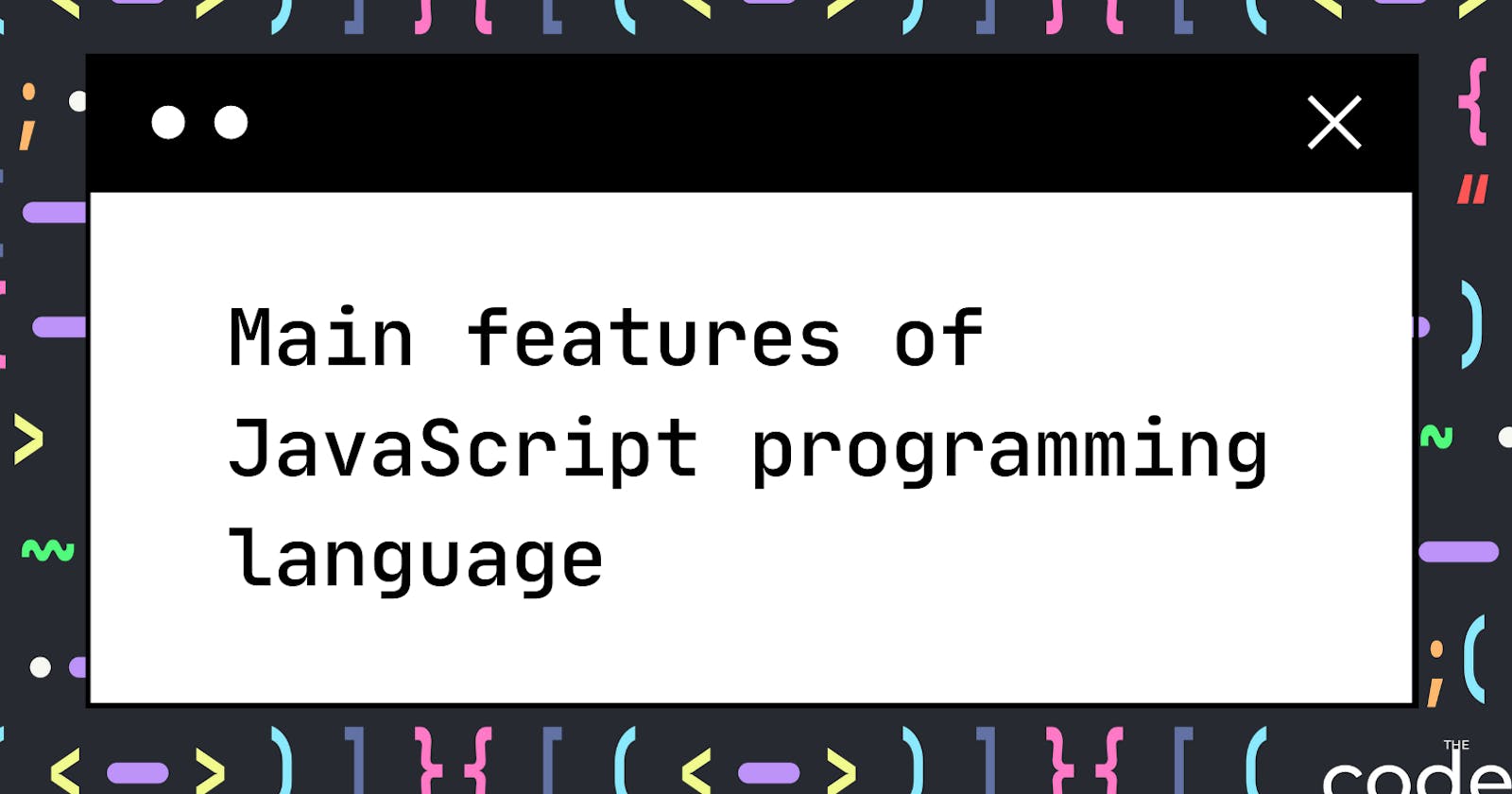JavaScript is a high-level interpreted programming language. It is a language that is also characterized as dynamic, weakly typed, prototype-based, and multi-paradigm.
History
JavaScript was originally developed by Brendan Eich in 1995 while he was working for Netscape. It was originally called LiveScript but was renamed to JavaScript in order to capitalize on the popularity of Java. The language was standardized in the ECMAScript language specification in 1997.
Usage
JavaScript is used in conjunction with HTML and CSS to create web pages and web applications. It can be used to add interactive features to web pages, such as games, form validation, and animated graphics.
JavaScript is also used for server-side programming with technologies such as Node.js. This enables JavaScript to be used for developing web applications and server-side applications.
Features
Some of the features that make JavaScript unique are:
- dynamic typing
- prototype-based inheritance
- first-class functions
Dynamic Typing
In JavaScript, variables are not statically typed. This means that you don't have to specify the data type of a variable when you declare it. The data type of a variable is determined automatically based on the value that is assigned to it.
For example, the following code declares a variable without specifying a data type:
var foo;
The data type of the foo variable is automatically set to undefined. However, if we assign a value to the foo variable, the data type will be automatically set to the type of the value:
var foo = 42; // foo is now a Number
var foo = 'bar'; // foo is now a String
var foo = true; // foo is now a Boolean
This dynamic typing is one of the reasons why JavaScript is a very flexible language. It allows you to write code without having to specify the data types of variables upfront.
Prototype-based Inheritance
In JavaScript, inheritance is implemented using prototypes. A prototype is an object that defines the properties and methods for a class of objects.
When you create a new object, you can specify its prototype. The new object will then inherit all the properties and methods from the prototype.
For example, let's say we have a Person prototype with a name property and a sayHello() method:
function Person(name) {
this.name = name;
}
Person.prototype.sayHello = function() {
console.log('Hello, my name is ' + this.name);
};
We can then create a new Person object and call the sayHello() method:
var john = new Person('John');
john.sayHello(); // Hello, my name is John
As you can see, the john object inherits the name property and the sayHello() method from the Person prototype.
First-class Functions
In JavaScript, functions are first-class citizens. This means that they can be treated like any other value in the language.
For example, you can assign a function to a variable:
var foo = function() {
// do something
};
You can also pass a function as an argument to another function:
var bar = function(foo) {
// do something with foo
};
bar(foo);
And you can return a function from another function:
var baz = function() {
return function() {
// do something
};
};
var qux = baz();
qux(); // this will execute the function that is returned from baz()
Because functions are first-class citizens in JavaScript, they can be used in a wide variety of ways.
Summing up
These are just some of the different JavaScript language features and characteristics. JavaScript is a powerful and popular language that is used in many different ways. Explore the different features of JavaScript to see how you can use it in your own programs.

